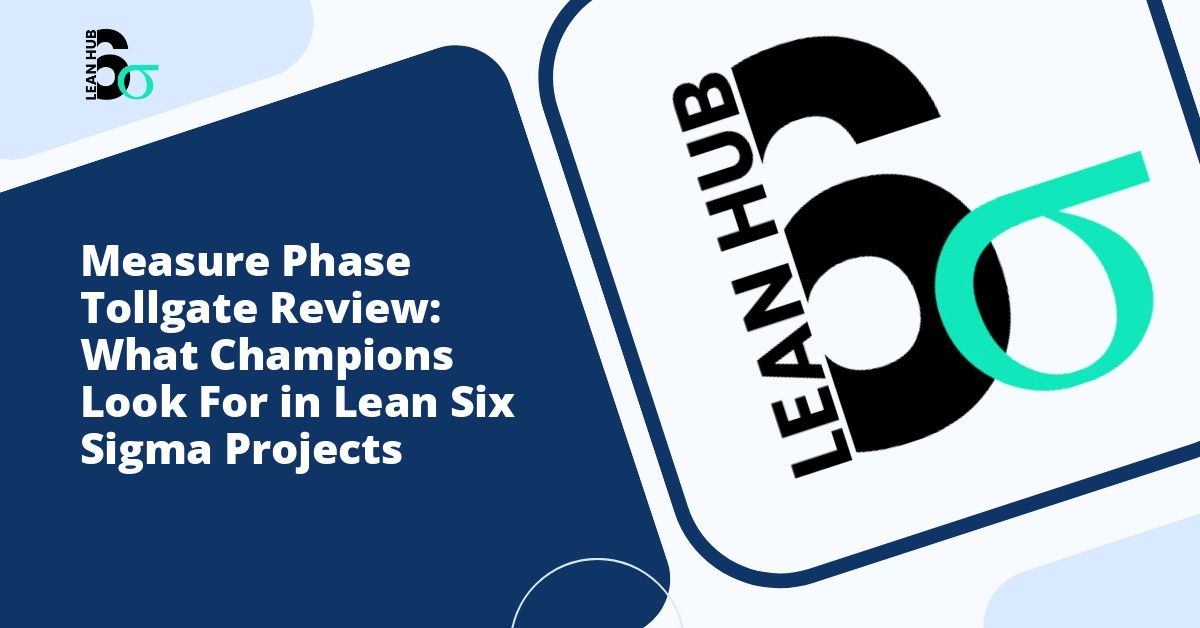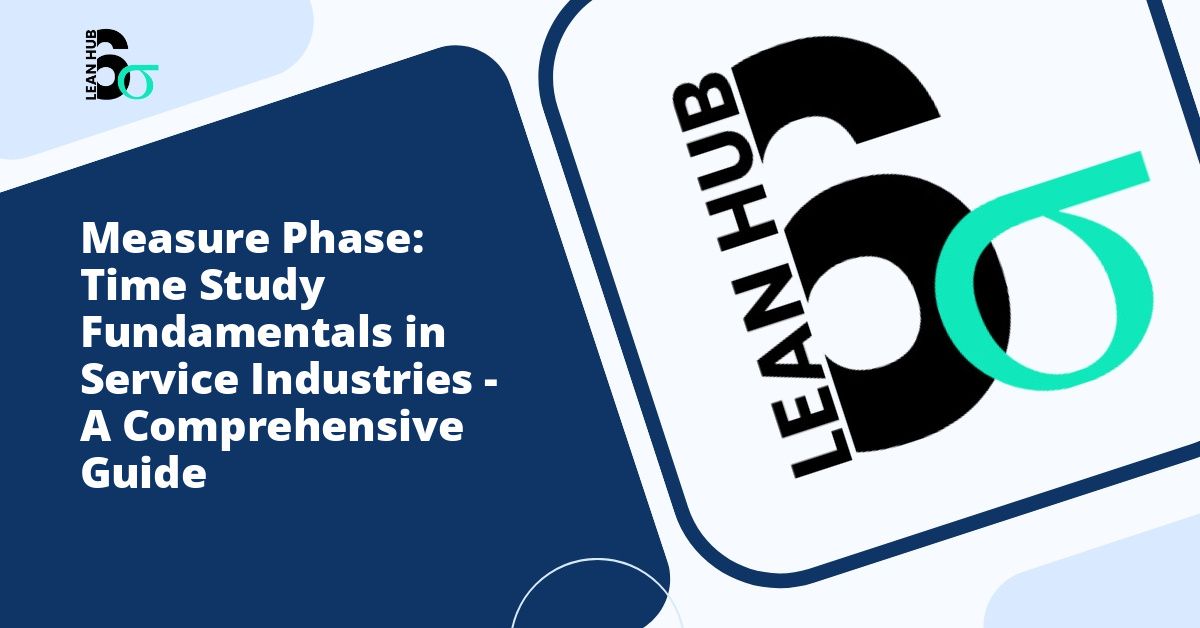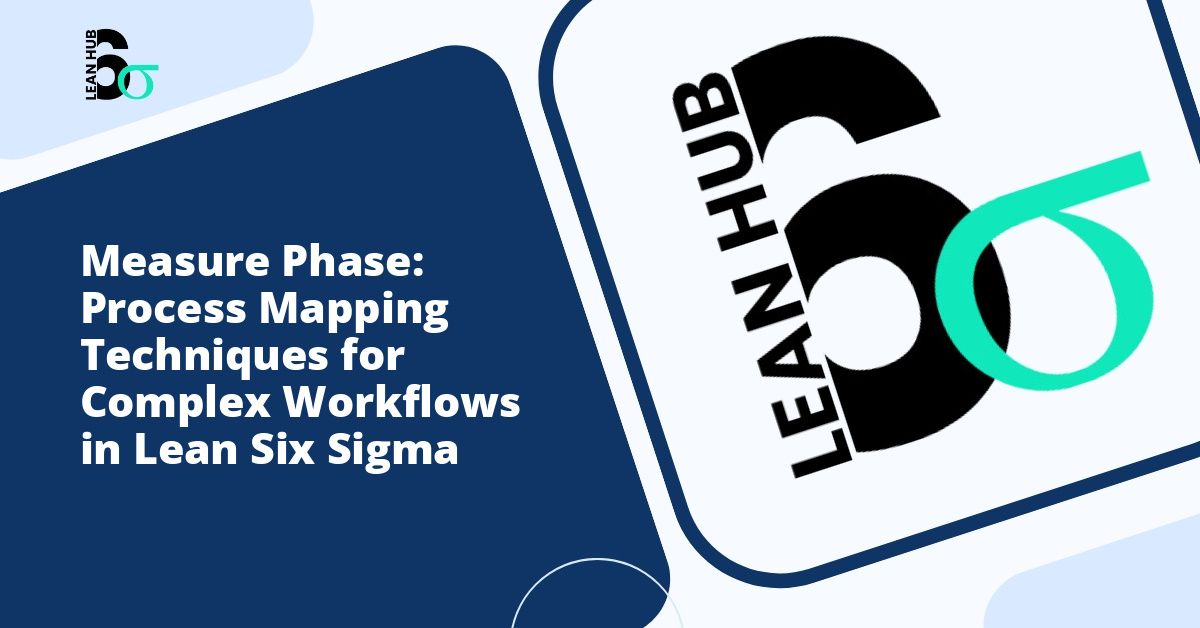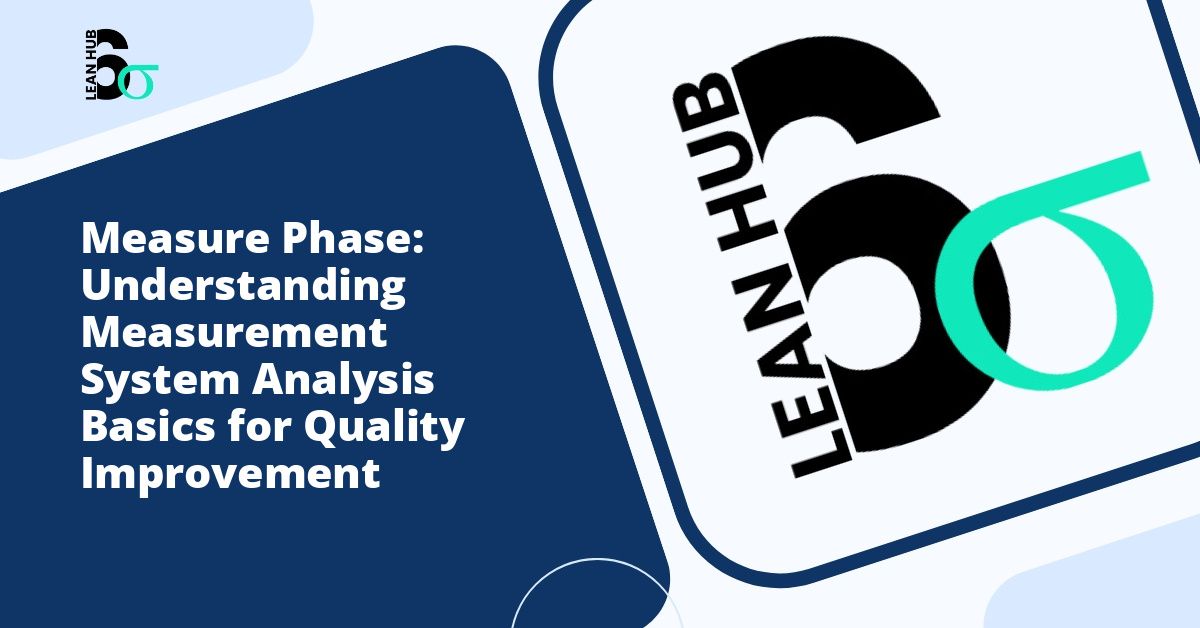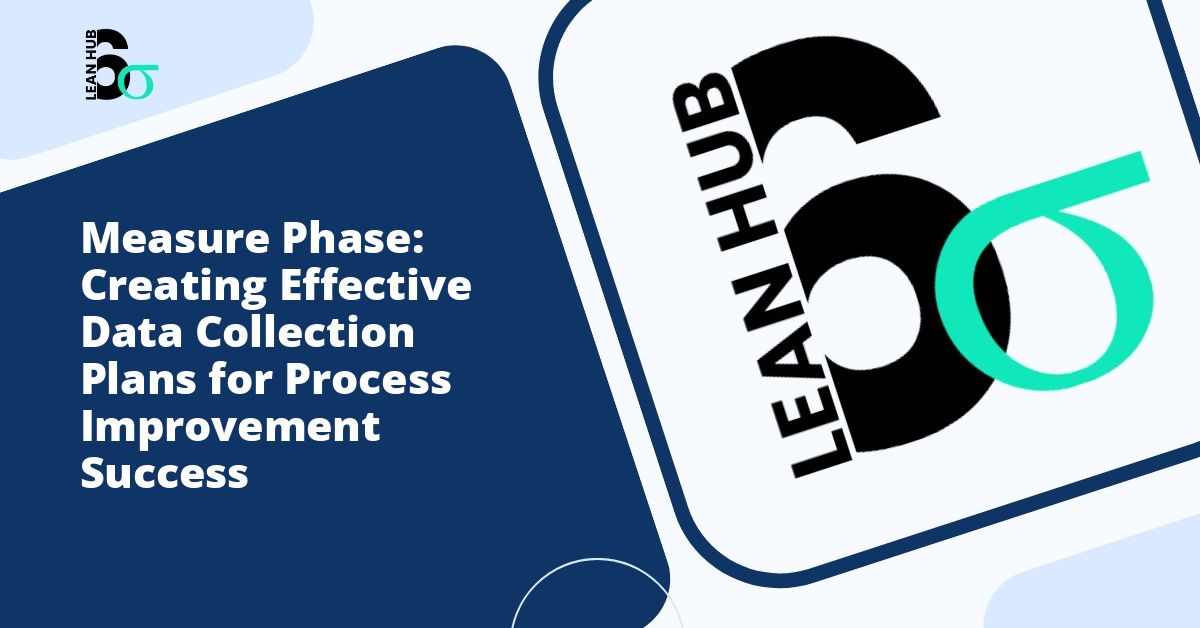In the structured world of Lean Six Sigma, the Measure phase represents a critical juncture where data collection meets strategic analysis. As project teams prepare for their Measure phase tollgate review, understanding what Champions evaluate can mean the difference between project approval and significant rework. This comprehensive guide explores the key elements that Champions scrutinize during this pivotal checkpoint.
Understanding the Measure Phase in Lean Six Sigma
The Measure phase serves as the second stage in the DMAIC (Define, Measure, Analyze, Improve, Control) methodology that forms the backbone of Lean Six Sigma initiatives. After the Define phase establishes the project scope and objectives, the Measure phase focuses on quantifying the problem and establishing a baseline for improvement. This phase transforms abstract business challenges into concrete, measurable data points that drive informed decision-making. You might also enjoy reading about Time Series Data Collection: Best Practices for Sequential Measurements in Business and Process Improvement.
During this phase, project teams work diligently to identify critical metrics, validate measurement systems, and collect relevant data. The tollgate review at the end of this phase ensures that all necessary groundwork has been laid before proceeding to the Analyze phase. Champions, typically senior leaders who sponsor these initiatives, conduct rigorous evaluations to verify project viability and team readiness. You might also enjoy reading about What is Measurement Systems Analysis and Why It Matters in Six Sigma.
The Champion’s Role in Tollgate Reviews
Champions occupy a unique position within the Lean Six Sigma framework. As executive sponsors, they provide resources, remove organizational barriers, and ensure that projects align with strategic business objectives. During tollgate reviews, Champions transition from supportive mentors to critical evaluators, assessing whether teams have met phase-specific requirements and are prepared to advance. You might also enjoy reading about Check Sheets in Six Sigma: How to Design Effective Data Collection Forms for Process Improvement.
The Champion’s evaluation during the Measure phase tollgate review extends beyond simple checklist completion. They examine the quality of work, the rigor of methodology application, and the team’s understanding of their project scope. This comprehensive assessment protects the organization from investing additional resources in projects that lack solid foundations.
Critical Elements Champions Evaluate
Data Collection Plan and Execution
Champions pay particular attention to how teams have developed and executed their data collection plans. They look for evidence that teams have identified the right metrics to measure, established clear operational definitions, and implemented systematic collection processes. A robust data collection plan demonstrates that the team understands what needs to be measured and has the capability to gather reliable information.
Teams must present their data collection strategies, including sampling methods, data sources, and collection frequency. Champions evaluate whether these plans are practical, sustainable, and capable of producing statistically significant results. They also assess whether teams have considered potential biases or confounding variables that might compromise data integrity.
Measurement System Analysis
One of the most technical aspects Champions review is the measurement system analysis (MSA). This statistical evaluation determines whether the measurement tools and processes produce reliable, repeatable results. Champions look for completed Gage R&R studies or other appropriate MSA techniques that validate the measurement system’s accuracy and precision.
Teams must demonstrate that their measurement systems can detect true process variations rather than measurement error. Champions scrutinize the MSA results to ensure that the measurement error is acceptably small relative to the total variation observed. Without validated measurement systems, any subsequent analysis becomes questionable, making this a non-negotiable requirement.
Baseline Performance Metrics
Champions expect teams to present clear baseline metrics that quantify current process performance. These baseline measurements establish the starting point against which future improvements will be measured. The baseline should directly relate to the problem statement defined in the recognize phase and previous Define phase work.
Teams must provide statistical summaries, including measures of central tendency and variation. Champions look for appropriate graphical representations such as histograms, run charts, or control charts that effectively communicate current performance levels. The baseline data should reveal the extent of the problem and validate the business case for improvement.
Process Capability Analysis
Understanding how well the current process meets customer requirements represents another critical evaluation point. Champions review process capability studies that compare actual process performance against specification limits or customer expectations. Capability indices such as Cp, Cpk, Pp, and Ppk provide quantitative assessments of process performance.
Teams should be prepared to explain their capability results and discuss implications for the project. Low capability scores validate the need for improvement, while unexpectedly high scores might require project scope reassessment. Champions use this information to gauge potential improvement opportunities and project feasibility.
Documentation and Communication Standards
Champions evaluate not only what teams have accomplished but also how effectively they communicate their findings. Professional documentation demonstrates organizational maturity and ensures knowledge transfer. Teams should present well-organized project charters, updated with any revisions made during the Measure phase.
Visual management tools such as process maps, value stream diagrams, and data visualizations should be clear, accurate, and professionally formatted. Champions appreciate when teams can translate technical findings into business language that resonates with stakeholders across the organization. This communication skill becomes increasingly important as projects progress and require broader organizational support.
Common Pitfalls That Raise Red Flags
Experienced Champions have learned to recognize warning signs that indicate potential project difficulties. Insufficient sample sizes that compromise statistical validity represent a common concern. Teams sometimes rush data collection to meet timeline pressures, resulting in inadequate datasets that cannot support reliable conclusions.
Another red flag emerges when teams cannot clearly explain their operational definitions or measurement procedures. This ambiguity suggests superficial understanding and increases the risk of measurement errors. Champions also become concerned when baseline metrics do not align with the original problem statement, indicating potential scope drift or unclear project objectives.
Overcomplication represents yet another pitfall. Some teams, eager to demonstrate technical proficiency, employ unnecessarily complex statistical methods or measure excessive variables. Champions value appropriate rigor but prefer streamlined approaches that focus on the most critical metrics. Simplicity and clarity often indicate deeper understanding than elaborate complexity.
Preparing for Success at the Tollgate Review
Teams can maximize their chances of successful tollgate passage by adopting proactive preparation strategies. Regular communication with Champions throughout the Measure phase prevents surprises during the formal review. Teams should seek interim feedback on their data collection plans and preliminary findings, allowing for course corrections before the official tollgate.
Practicing the tollgate presentation helps teams refine their message and anticipate Champion questions. Team members should be prepared to discuss methodology choices, explain statistical concepts in business terms, and defend their conclusions with data. Rehearsal builds confidence and reveals gaps in understanding that require additional study.
Creating comprehensive backup documentation provides security during the review. While presentations should remain concise and focused, teams should have detailed appendices available that address technical questions or provide additional context. This preparation demonstrates thoroughness and professionalism.
Moving Forward After Tollgate Approval
Successful passage through the Measure phase tollgate represents significant project progress. Champions who approve teams to advance to the Analyze phase express confidence in the project foundation and team capabilities. However, approval comes with expectations for continued rigor and communication throughout remaining project phases.
Teams should treat Champion feedback as valuable guidance for improvement, even when receiving approval. Constructive suggestions offered during tollgate reviews help teams strengthen their approaches and avoid similar issues in future phases. Champions appreciate when teams implement their recommendations and demonstrate continuous learning.
Conclusion
The Measure phase tollgate review represents a critical quality checkpoint in the Lean Six Sigma project lifecycle. Champions evaluate multiple dimensions of team performance, from technical statistical analysis to communication effectiveness. By understanding what Champions look for during these reviews, teams can focus their efforts appropriately and increase their probability of successful project completion.
Success at the Measure phase tollgate requires more than checking boxes on a requirement list. It demands genuine understanding of measurement principles, rigorous application of statistical methods, and clear communication of findings. Teams that invest adequate time in the Measure phase establish solid foundations for subsequent analysis and improvement activities, ultimately delivering greater value to their organizations.

